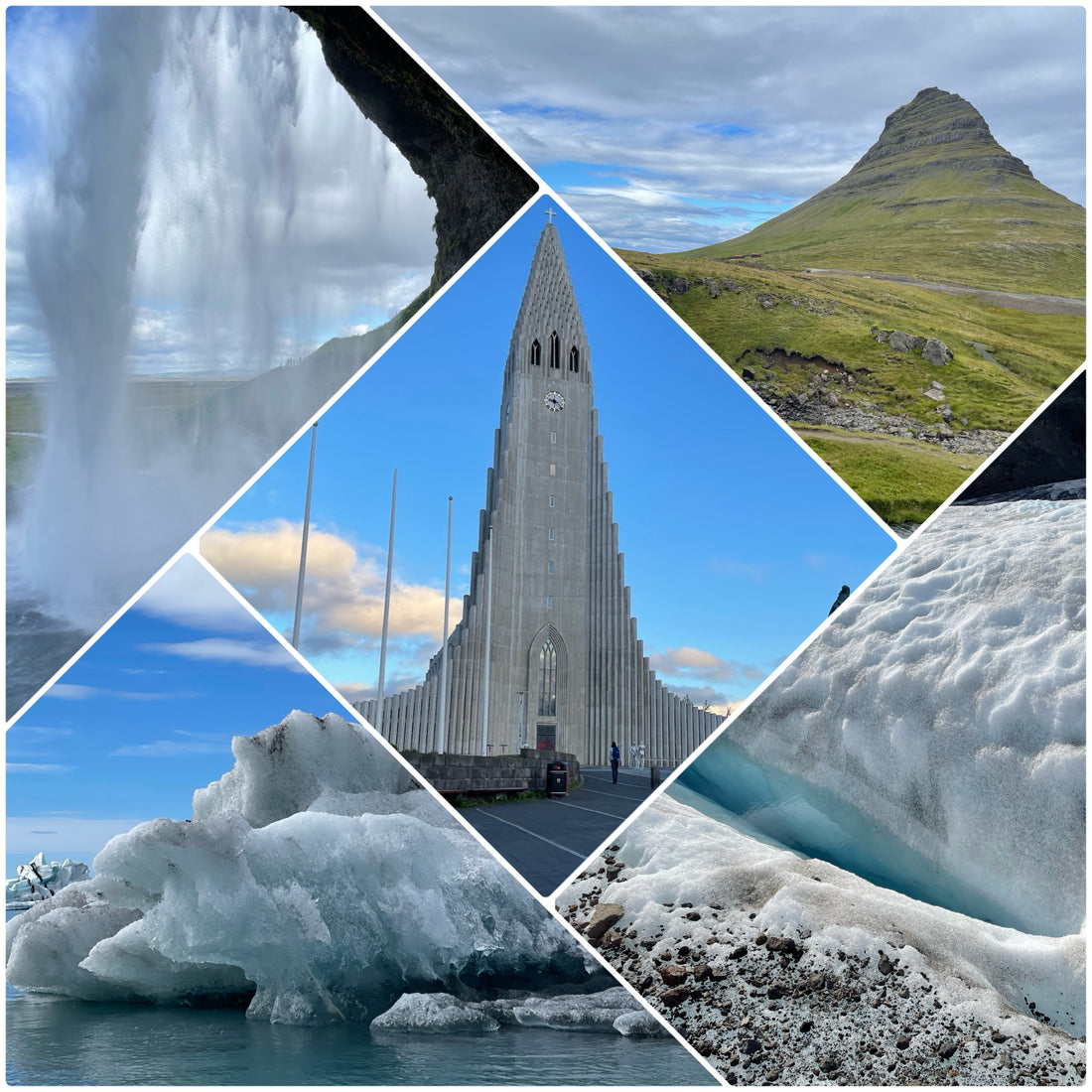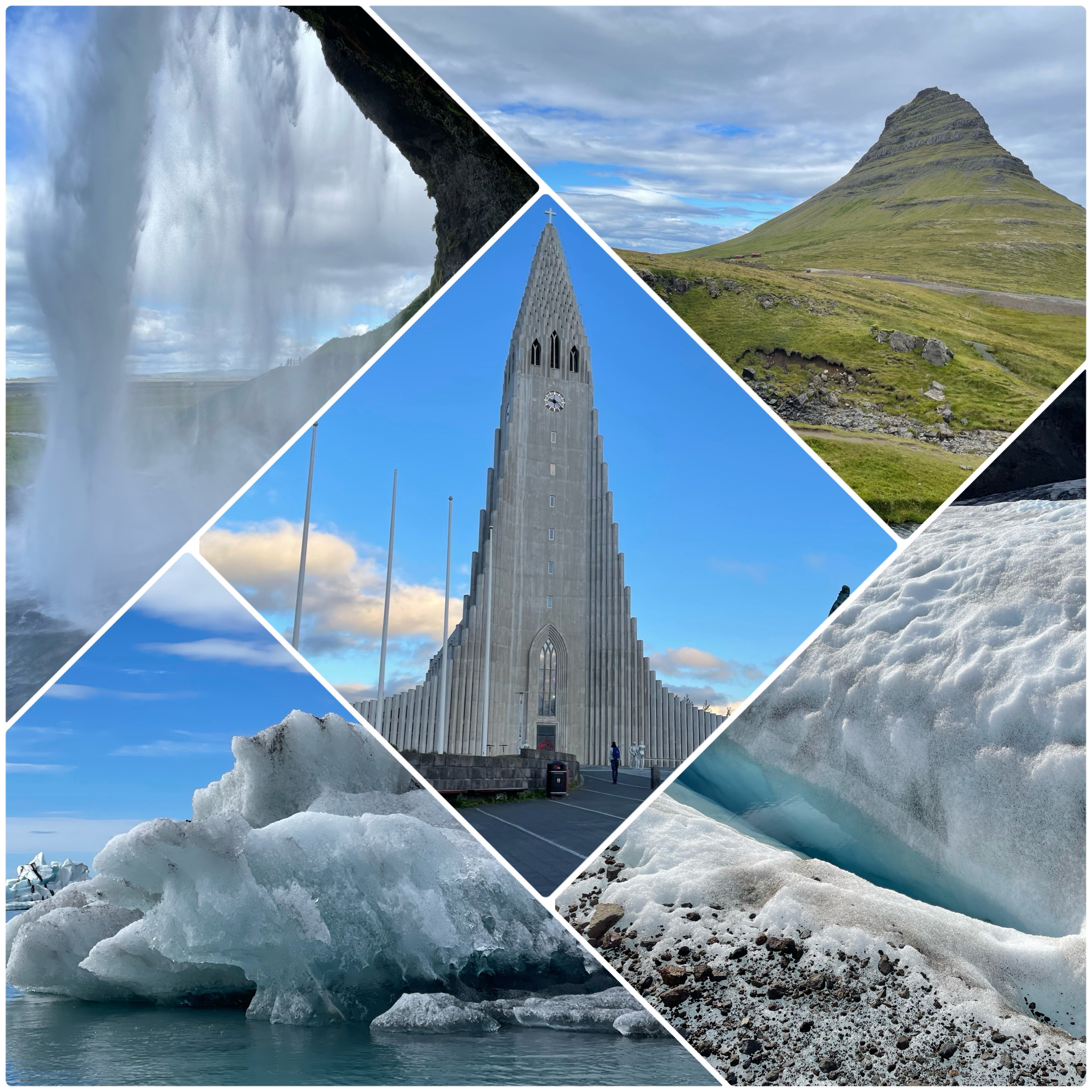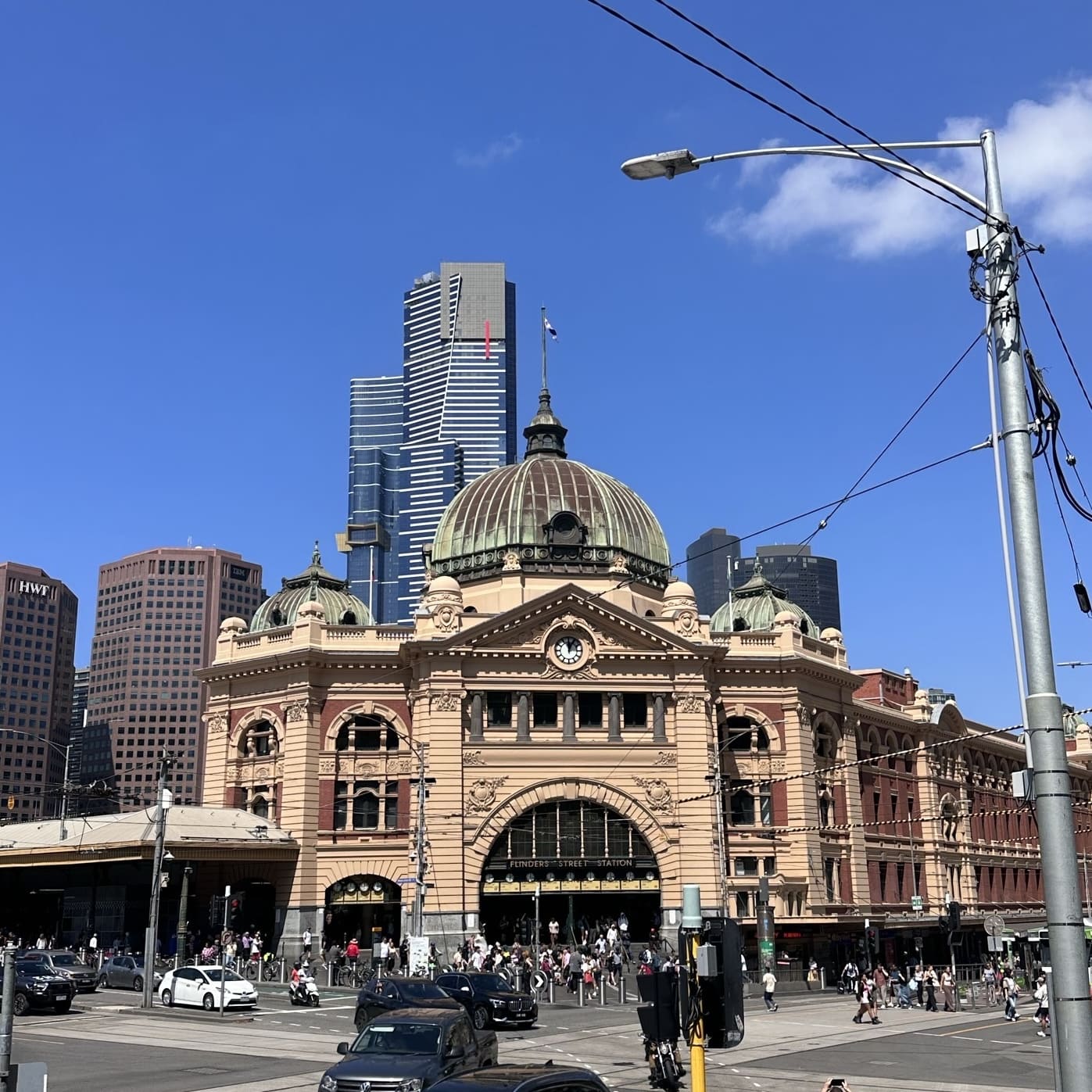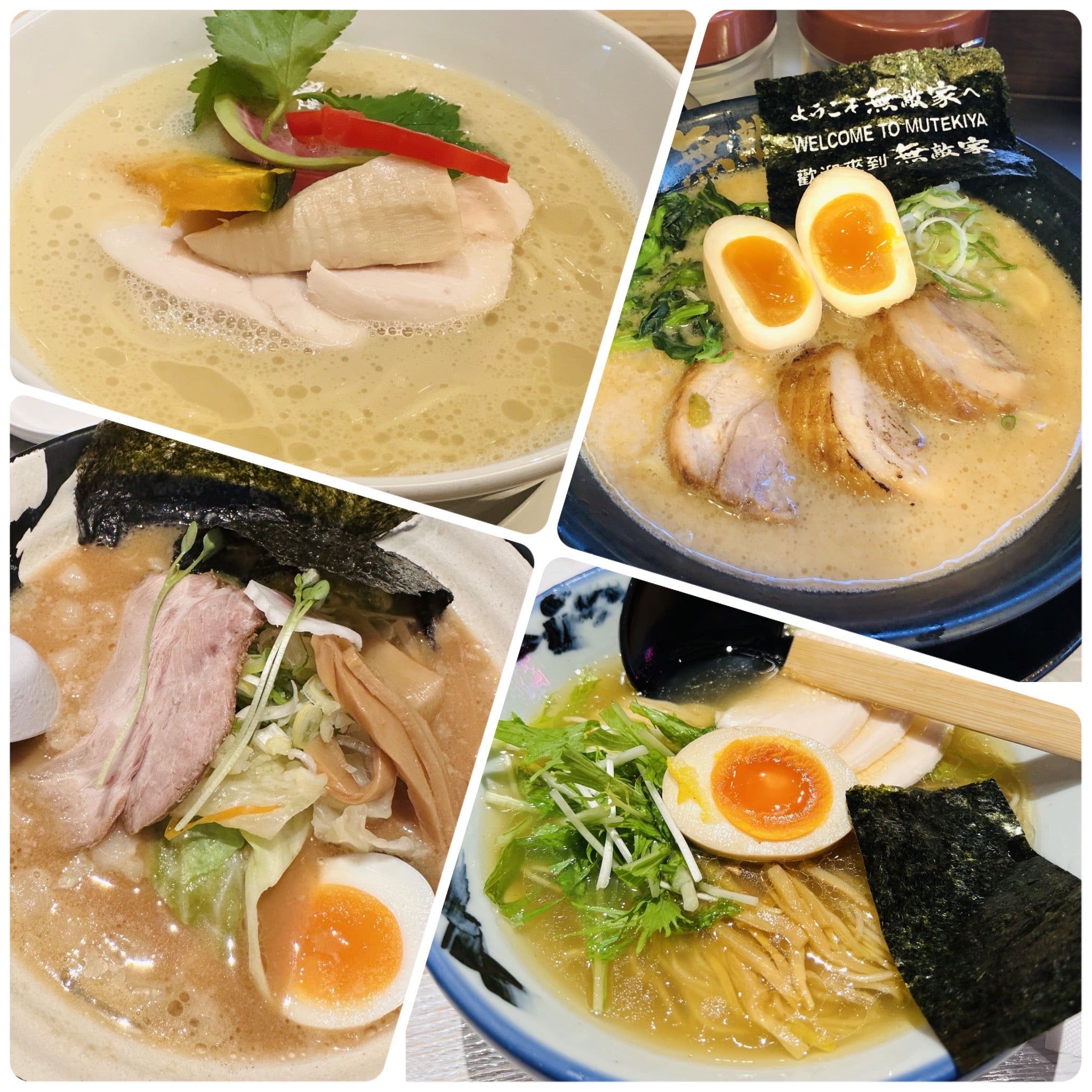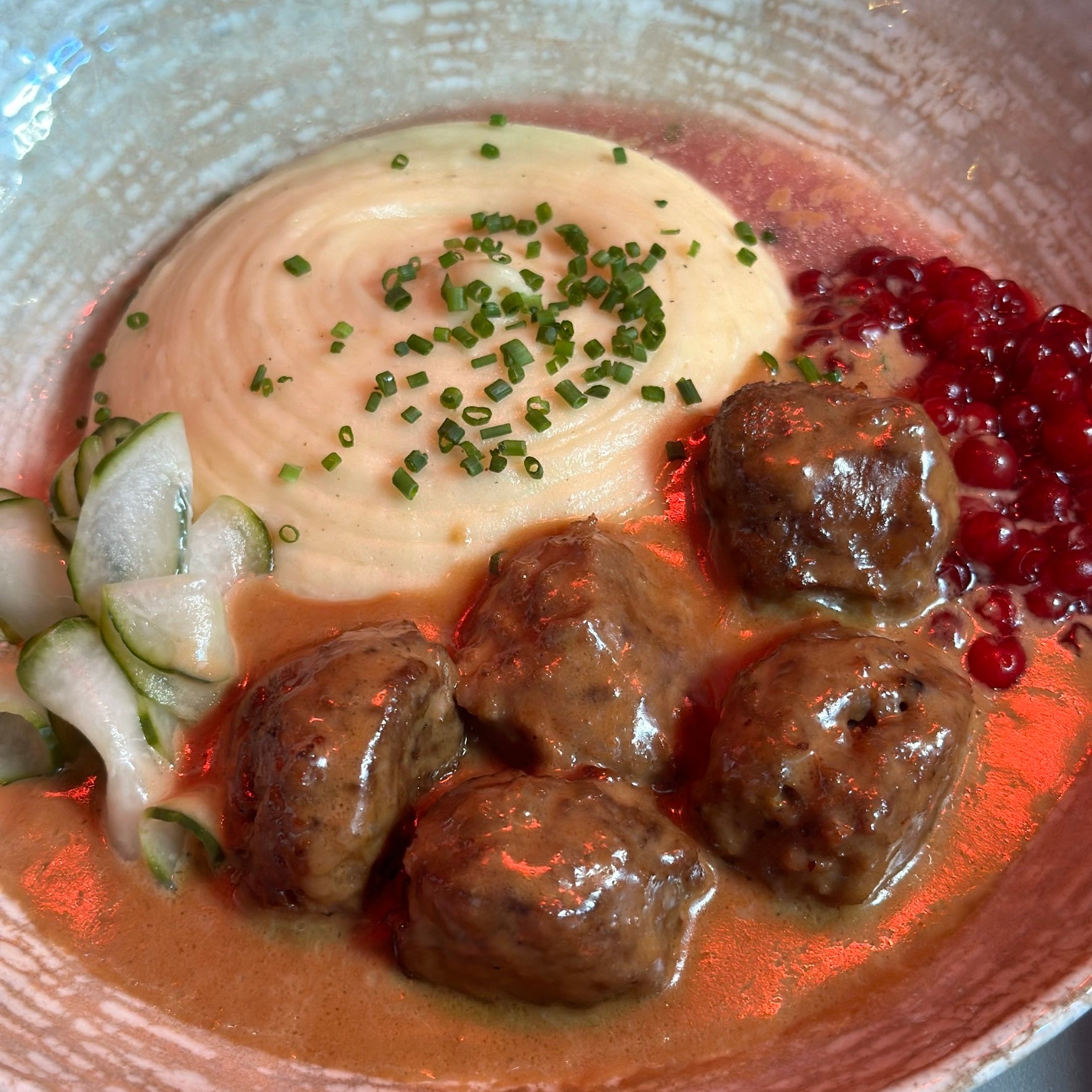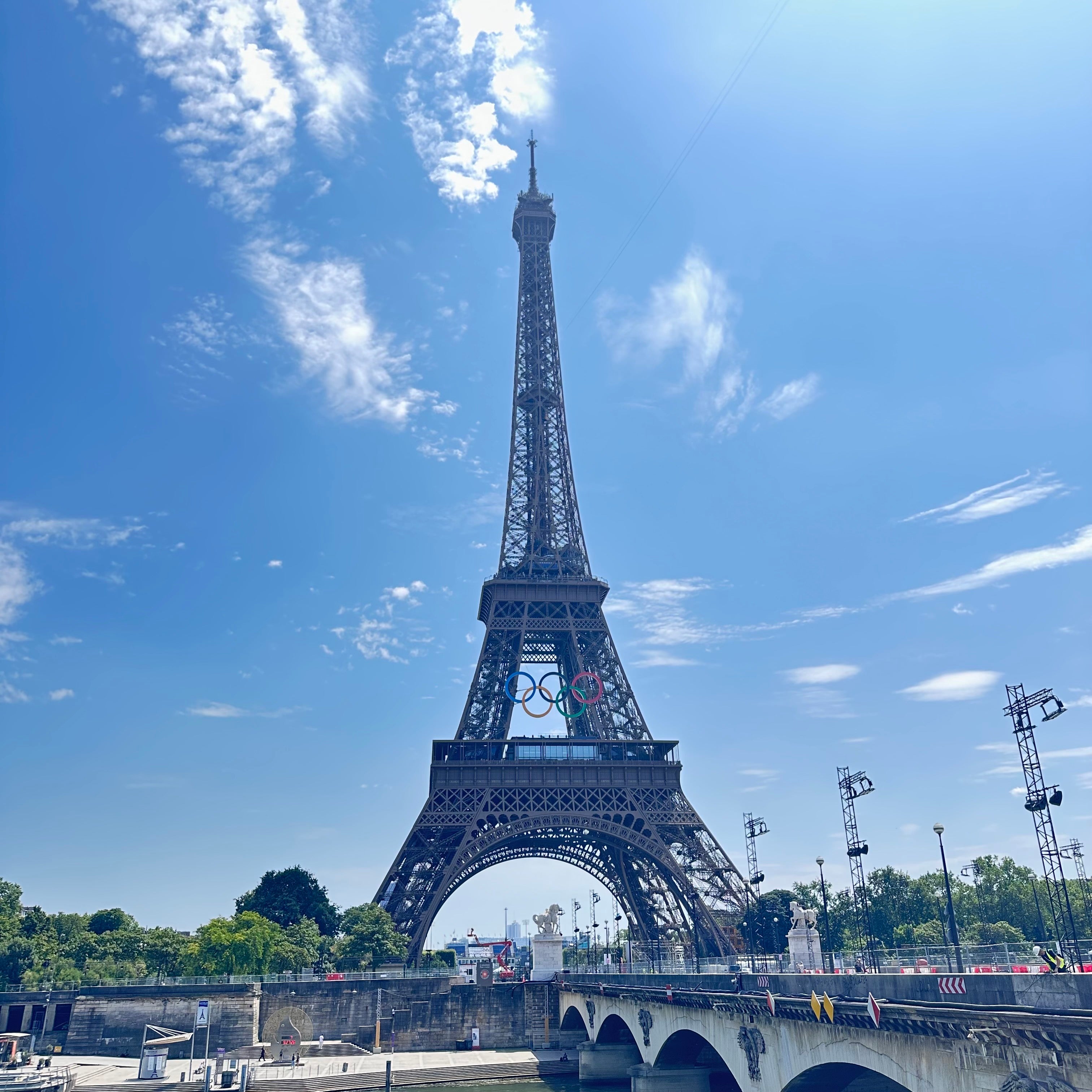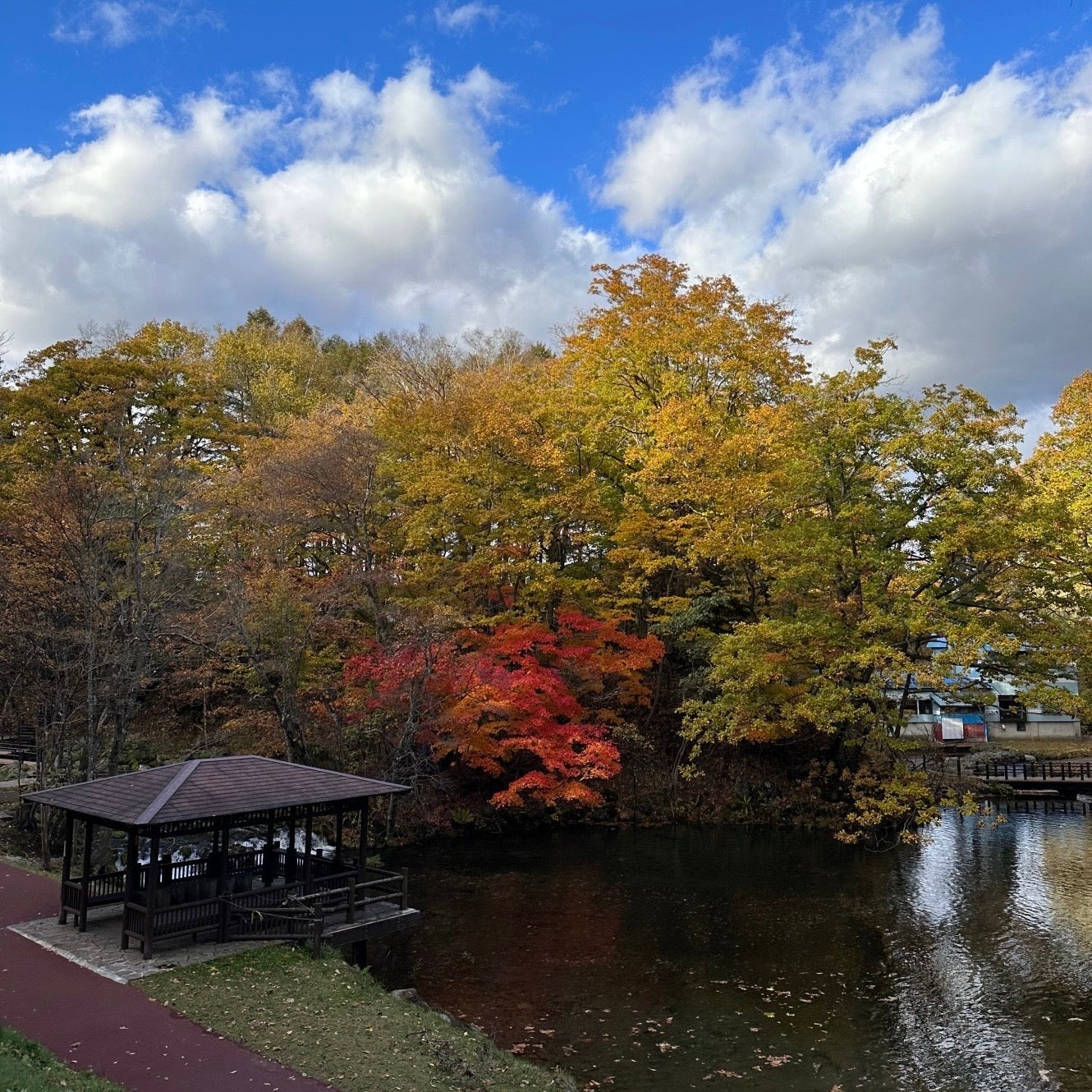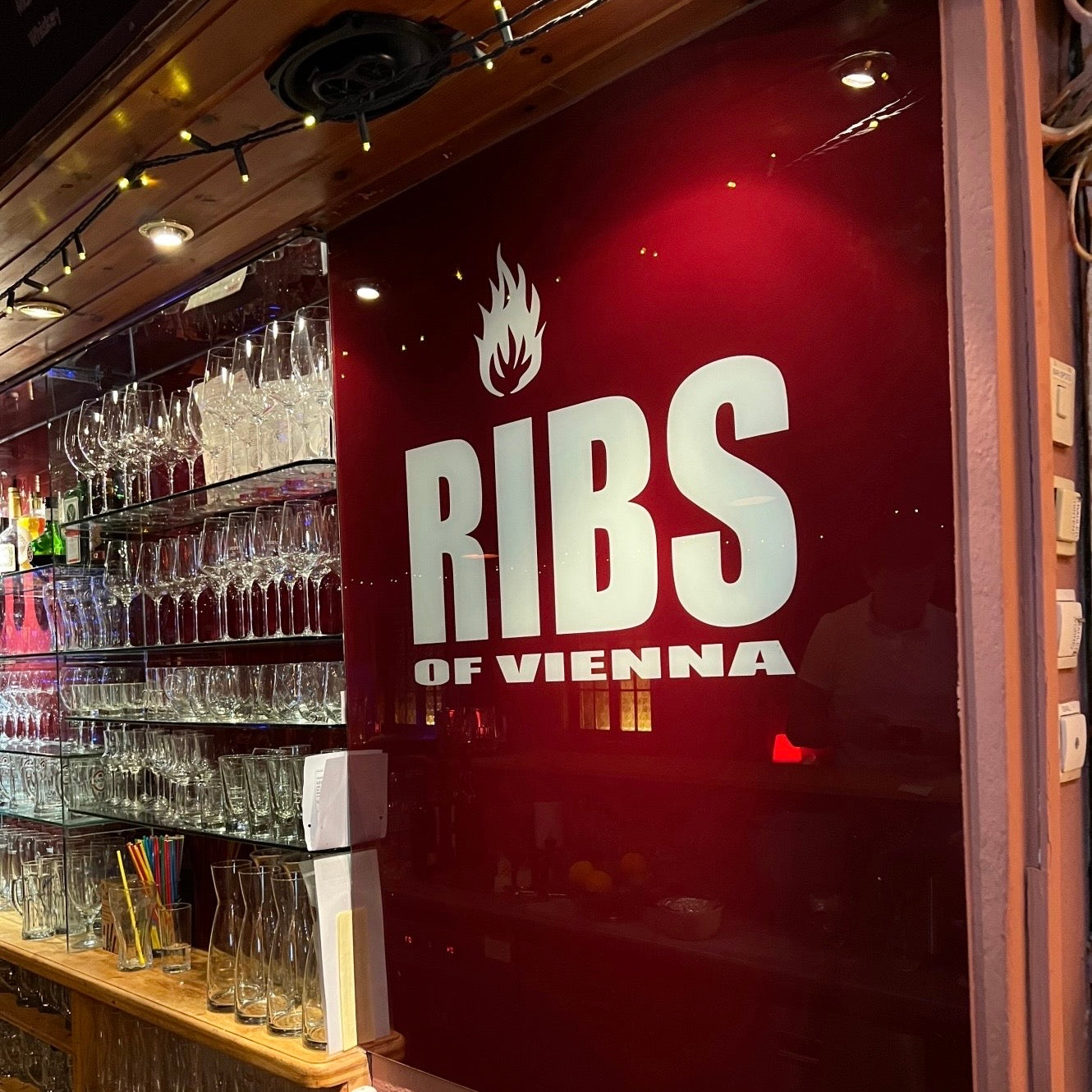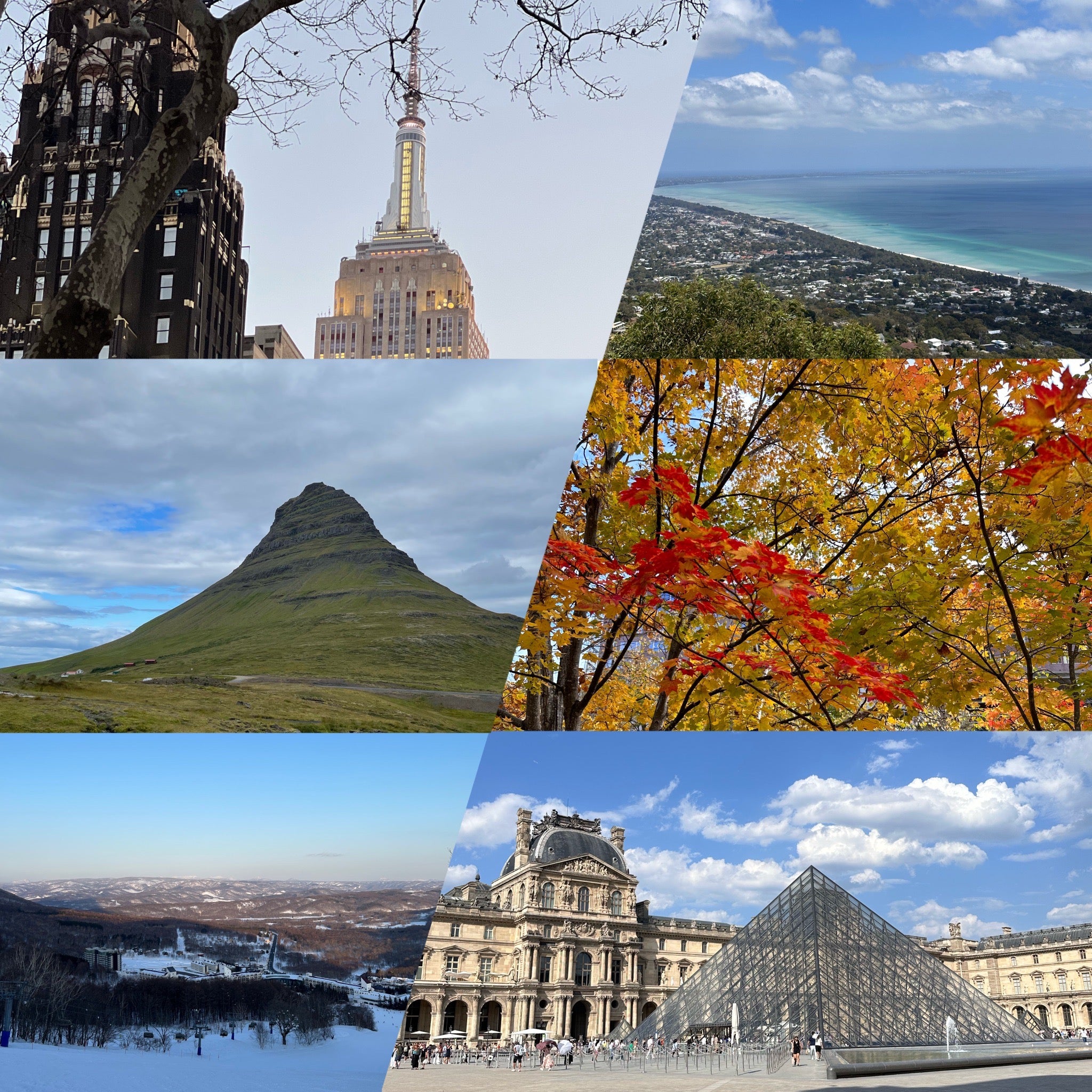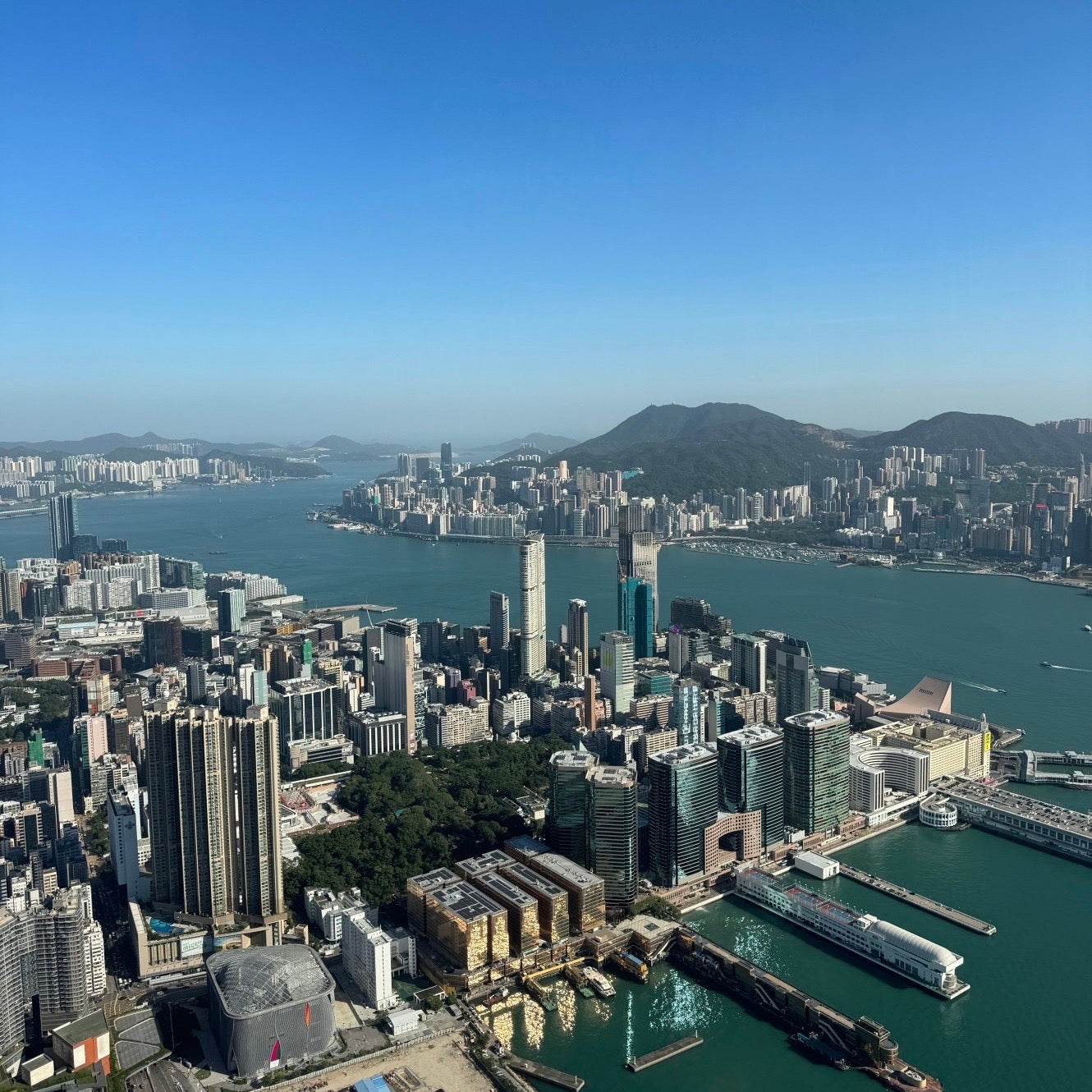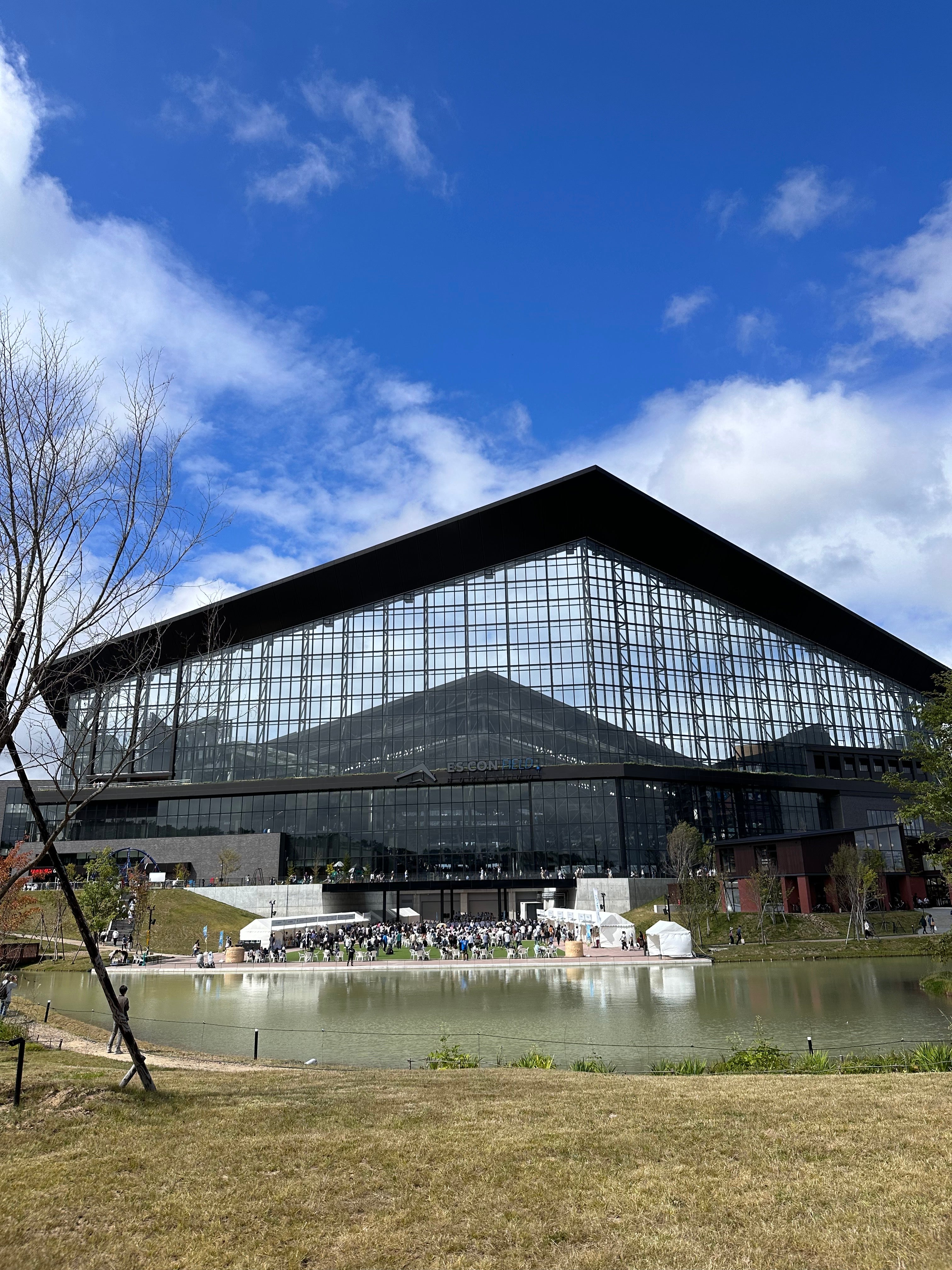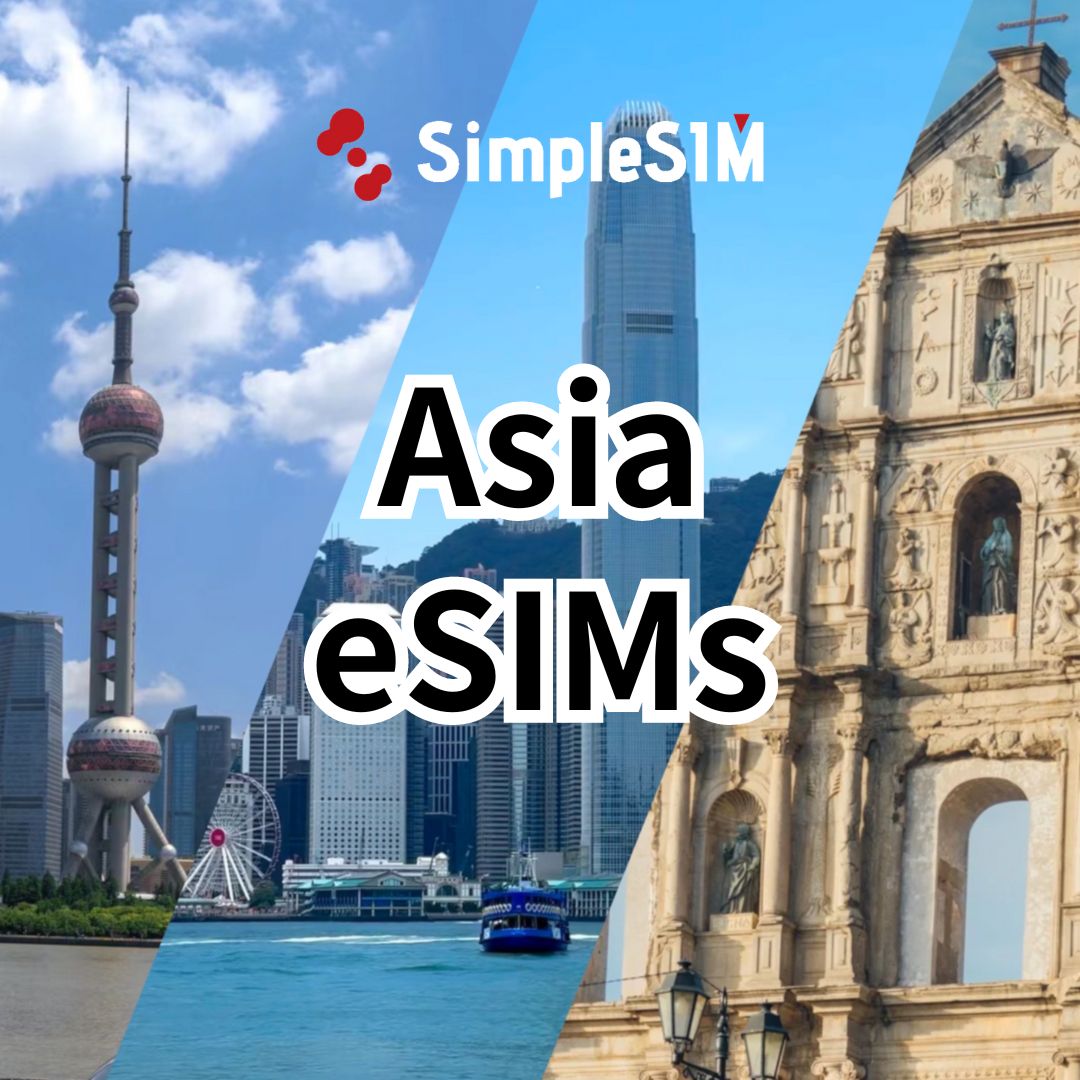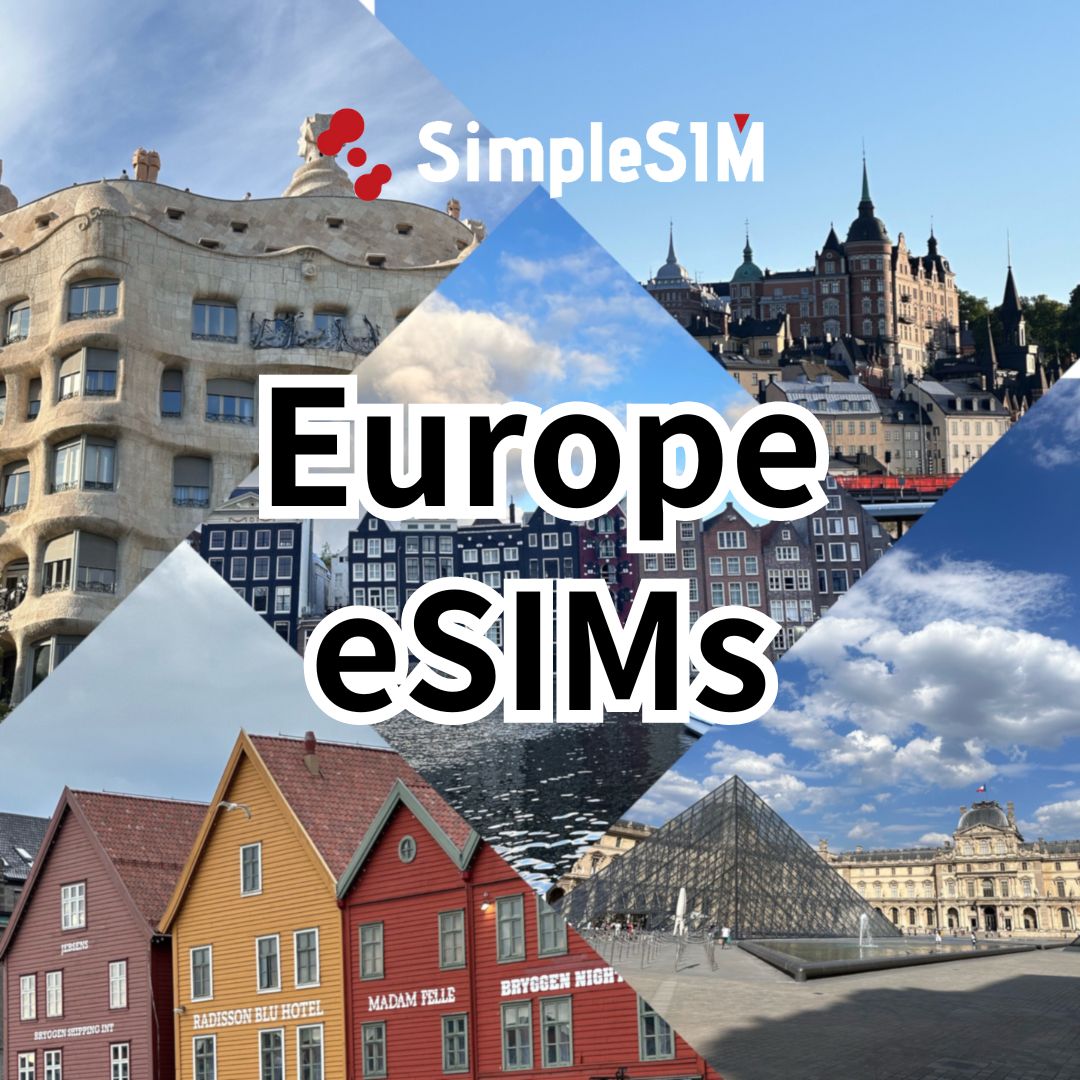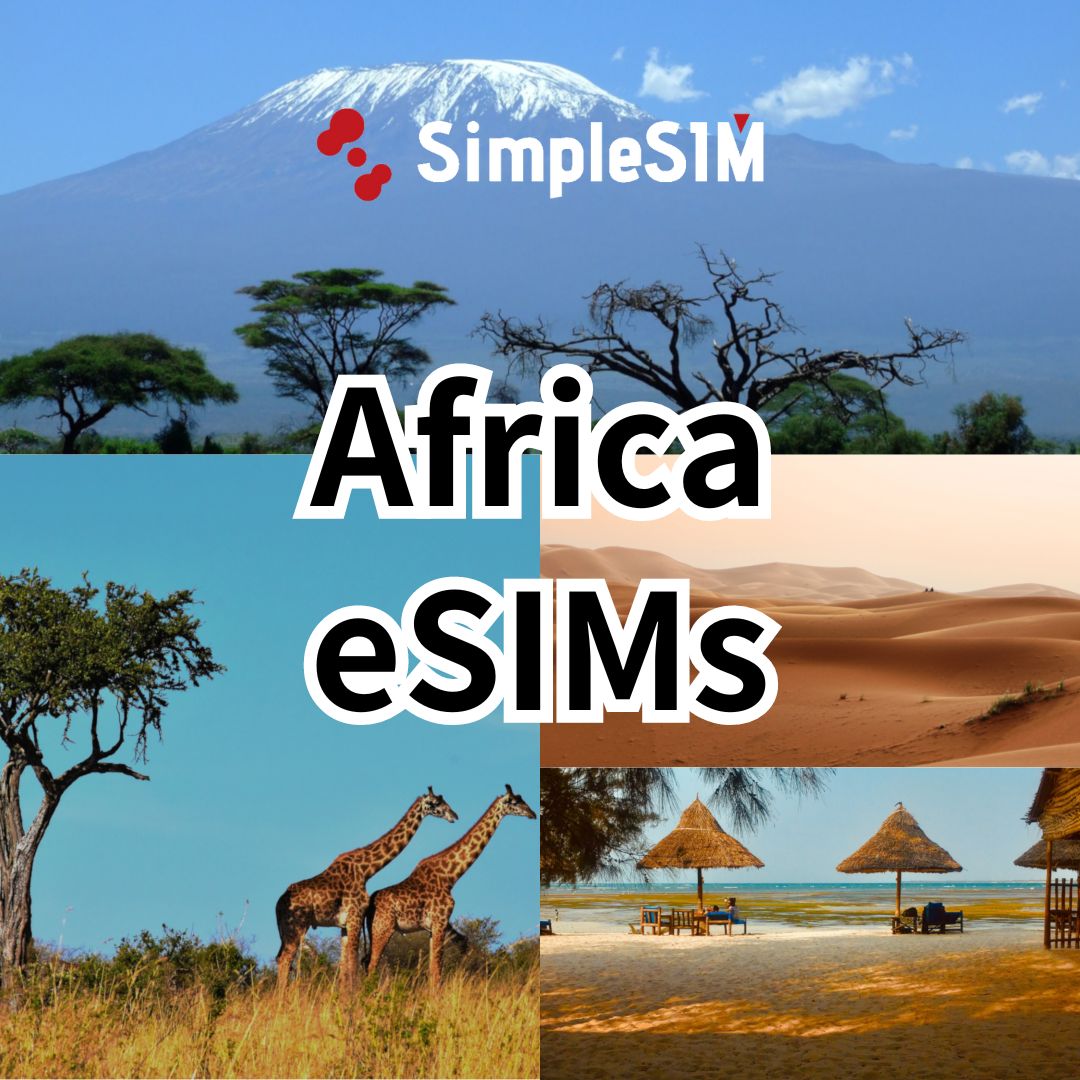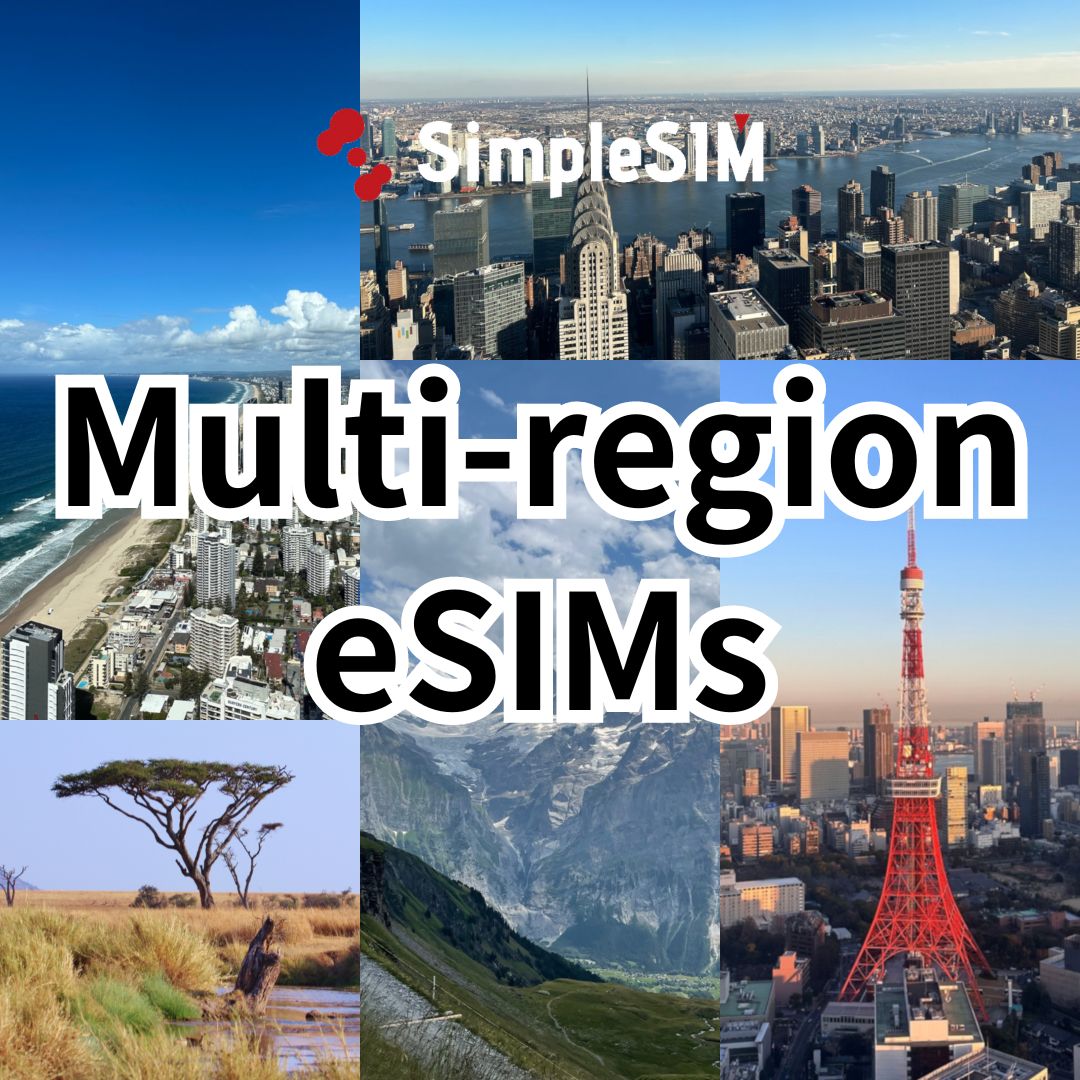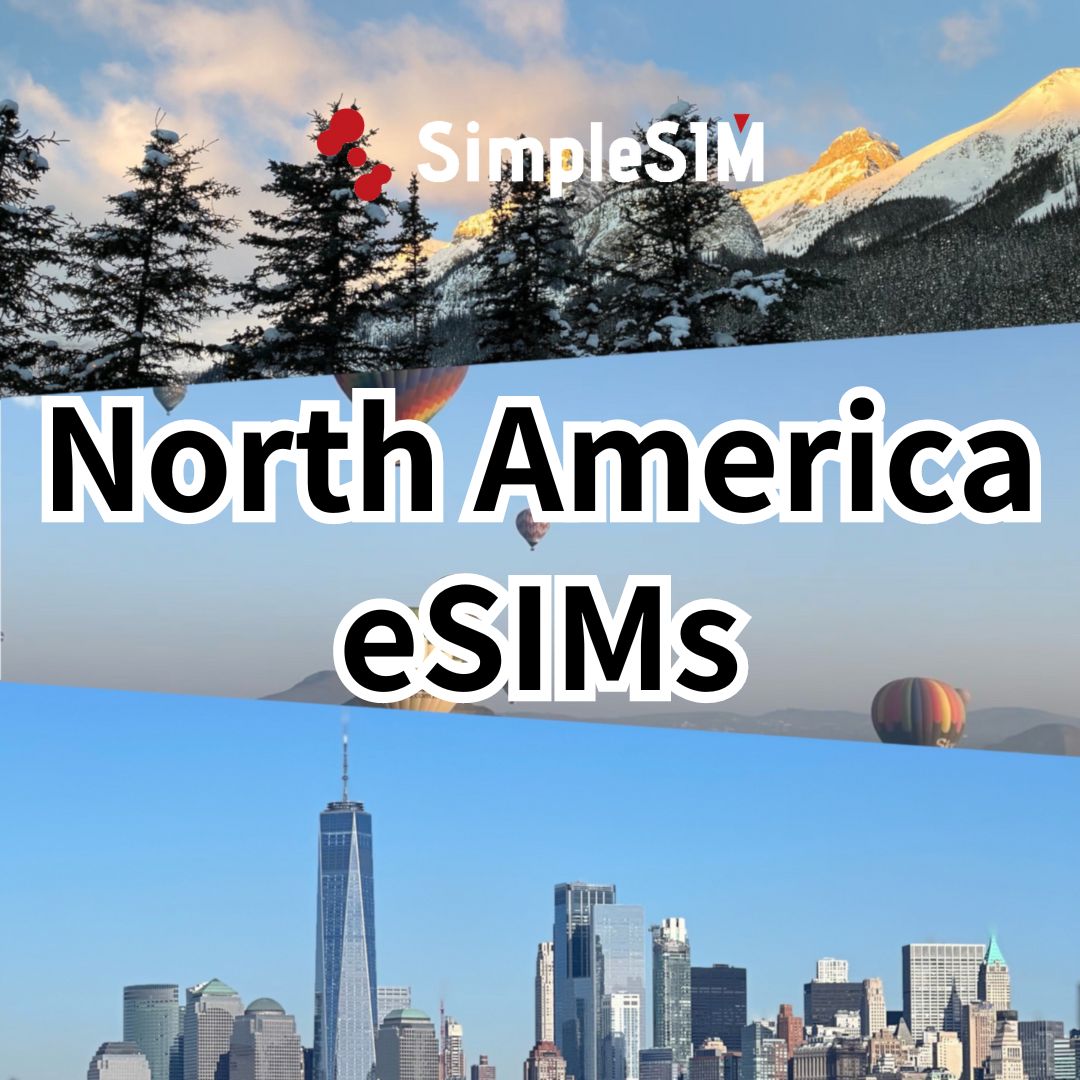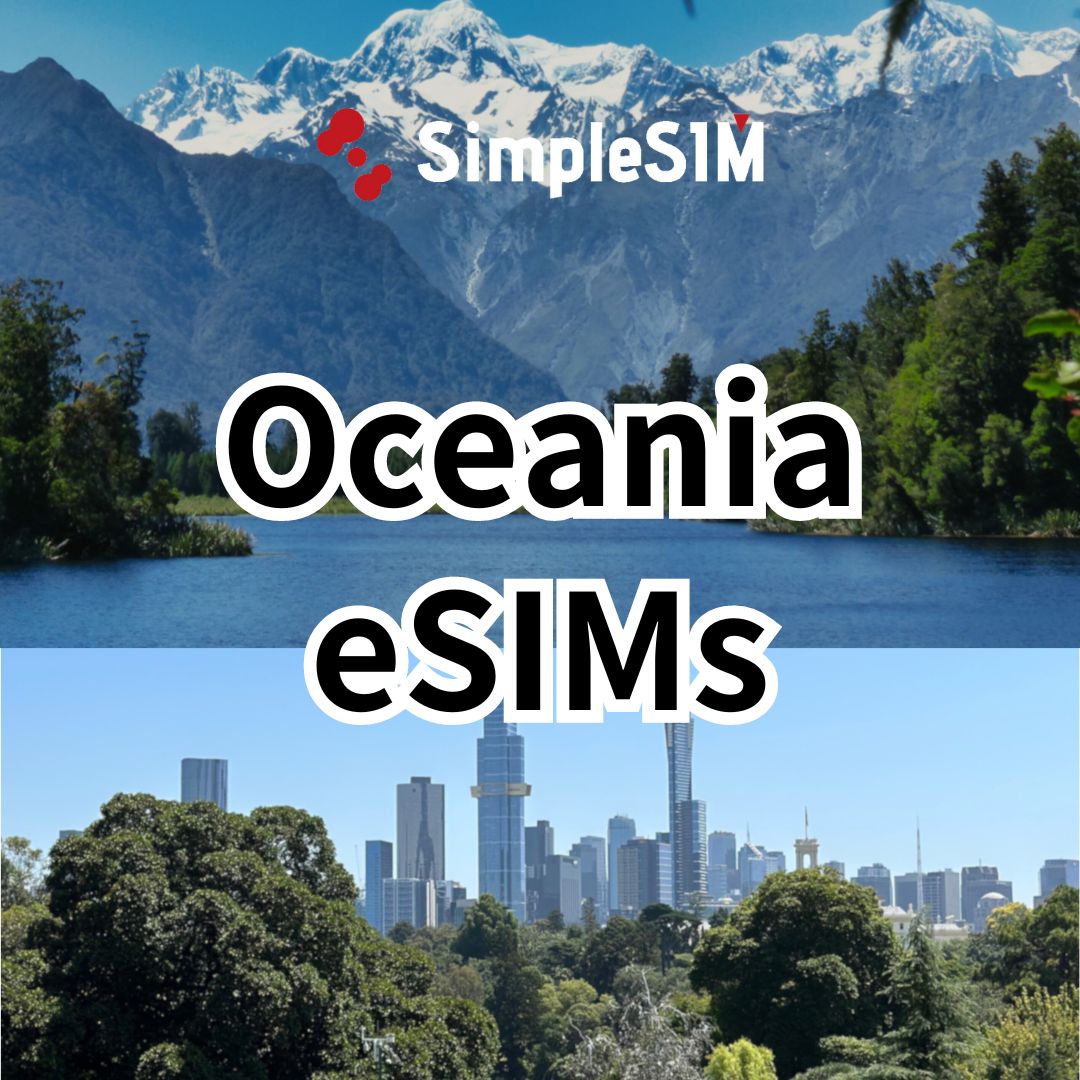Iceland is a country of raw natural beauty, with stunning waterfalls, rugged mountains, massive glaciers, and unique black sand beaches. If you’re planning a trip, these highlights will introduce you to Iceland’s most iconic landscapes and experiences. Here’s a detailed guide to Iceland’s top attractions to help you make the most of your adventure.
- 1. Kirkjufell– Iceland’s Most Photographed Mountain
- 2. Skógafoss – The Majestic Waterfall
- 3. Seljalandsfoss – Walk Behind a Waterfall
- 4. Þingvellir National Park – Walk Between Continents
- 5. Hallgrimskirkja – Reykjavik’s Iconic Church
- 6. Gullfoss – The Golden Falls
- 7. Diamond Beach – Iceland’s Black Sand Gem
- 8. Vatnajökull National Park – Iceland’s Largest Glacier
- Conclusion
1. Kirkjufell– Iceland’s Most Photographed Mountain

Location: Snæfellsnes Peninsula, West Iceland
Highlights: Unique mountain shape, Northern Lights, nearby Kirkjufellsfoss waterfall
Kirkjufell, often called “Church Mountain,” is one of Iceland’s most photographed mountains due to its symmetrical shape and iconic silhouette. Rising 463 meters above the Snæfellsnes Peninsula, it’s especially breathtaking at sunset or under the Northern Lights. Nearby, Kirkjufellsfoss waterfall adds to the scene with its cascading waters, creating a perfect foreground for the mountain’s dramatic profile.
For the best photos, visit during golden hour or after dark for a chance to capture the Northern Lights above Kirkjufell. The area is easily accessible and offers multiple viewpoints, making it a photographer’s paradise.
2. Skógafoss – The Majestic Waterfall

Location: Skógar, South Iceland
Highlights: 60-meter drop, rainbows in mist, nearby hiking trail
Skógafoss is one of Iceland’s largest and most impressive waterfalls, plunging 60 meters from ancient sea cliffs. The constant spray of mist often creates rainbows, giving visitors a chance to capture spectacular photos. A staircase next to the falls allows visitors to climb to the top, where they can take in the vast river landscape and enjoy sweeping views of the South Coast.
Skógafoss is also the gateway to the Fimmvörðuháls hiking trail, a 26-kilometer route connecting Skógar and Þórsmörk that passes through lush valleys, other waterfalls, and scenic mountain ridges.
Explore Iceland and Europe with Worry-Free Connectivity!
With our Europe eSIM, stay online from the Blue Lagoon to Kirkjufell. Enjoy uninterrupted data across Iceland and all of Europe. No physical SIM cards, no hassle—just easy, instant connectivity!"
3. Seljalandsfoss – Walk Behind a Waterfall

Location: South Coast, near Skógafoss
Highlights: Walkable cave path behind the waterfall, unique photo opportunities
Seljalandsfoss is one of Iceland’s most unique waterfalls, with a 60-meter drop that allows visitors to walk behind it along a cave-like path. The experience of standing behind the powerful curtain of water while looking out at the green fields beyond is truly surreal and makes for a memorable photo.
The path behind Seljalandsfoss can be slippery, so wear appropriate footwear and expect to get wet from the mist. Visit in the evening for a quieter experience and softer light, especially in the summer months when the midnight sun creates stunning colors.
4. Þingvellir National Park – Walk Between Continents

Location: Golden Circle, Southwest Iceland
Highlights: Tectonic plate boundary, Silfra Fissure, Icelandic history, UNESCO World Heritage Site
Þingvellir National Park is both a cultural and geological treasure. Established in 930 AD, it’s the original site of Iceland’s parliament, making it a significant historical location. The park lies on the Mid-Atlantic Ridge, where the North American and Eurasian tectonic plates pull apart, creating dramatic rift valleys.
Þingvellir’s Silfra Fissure, filled with crystal-clear glacial water, offers visitors a unique chance to snorkel or dive between continents. The water clarity is incredible, providing visibility up to 100 meters, so you’ll feel as if you’re floating through a vivid, underwater world.
5. Hallgrimskirkja – Reykjavik’s Iconic Church

Location: Reykjavik city center
Highlights: Distinctive architecture, panoramic views of Reykjavik, observation tower
Hallgrimskirkja is the largest church in Iceland and one of Reykjavik’s most recognizable landmarks. Inspired by the shapes of Iceland’s basalt lava columns, its design reflects Iceland’s rugged volcanic landscapes. Inside, a striking pipe organ designed by German organ builder Johannes Klais is frequently used for concerts, enhancing the church’s unique ambiance.
For a small fee, you can ride the elevator to the top of Hallgrimskirkja’s tower for panoramic views of Reykjavik’s colorful rooftops, the bay, and surrounding mountains. The viewing platform is an excellent spot for photographing the cityscape from above.
6. Gullfoss – The Golden Falls

Location: Golden Circle, Southwest Iceland
Highlights: Two-tiered waterfall, Golden Circle route, icy winter landscapes
Gullfoss, or “Golden Falls,” is a massive two-tiered waterfall along the Hvítá River. The falls have a combined drop of 32 meters and plunge into a narrow canyon below, creating a powerful display of water and mist. During winter, the area transforms into a stunning frozen landscape, with parts of the falls sheathed in ice.
Gullfoss is part of the Golden Circle, making it one of Iceland’s most visited sites. Several trails and viewing platforms offer different perspectives of the falls, and nearby, a visitor center provides insight into the region’s natural history and geology.
Stay Connected Across Europe!
Discover our Europe-wide eSIM with full coverage in Iceland! Enjoy high-speed data in Reykjavik and beyond without roaming fees. Perfect for travelers exploring multiple destinations—activate your eSIM in minutes and experience seamless connectivity wherever you go!
7. Diamond Beach – Iceland’s Black Sand Gem

Location: Near Jökulsárlón Glacier Lagoon, Southeast Iceland
Highlights: Icebergs on black sand, dramatic photo opportunities, close to Jökulsárlón Lagoon
Diamond Beach, just a short walk from Jökulsárlón Glacier Lagoon, is named for the glittering icebergs that rest on its black volcanic sand. These chunks of ice, shaped and polished by the ocean, sparkle in the sunlight like diamonds, creating a striking contrast against the dark sand.
Visitors often combine a trip to Diamond Beach with a visit to Jökulsárlón Glacier Lagoon, where boat tours offer close-up views of the massive icebergs floating in the lagoon. The beach is also an excellent spot for observing seals that frequently lounge on the icebergs or swim nearby.

8. Vatnajökull National Park – Iceland’s Largest Glacier

Location: Southeast Iceland
Highlights: Glacier hiking, ice cave tours, Jökulsárlón boat tours, Europe’s largest glacier
Vatnajökull, Europe’s largest glacier, spans a massive area of southeast Iceland and offers diverse activities for adventurous travelers. In winter, ice cave tours take visitors into the glacier’s surreal blue caves, formed naturally each year. These caves are known for their vibrant blue color, making them a popular spot for photography.
For those who prefer a more active experience, glacier hiking tours are available year-round. Guided hikes allow visitors to explore crevasses, ice formations, and volcanic ash layers embedded in the ice. Nearby, boat tours at Jökulsárlón Glacier Lagoon provide close-up views of floating icebergs, allowing you to witness the powerful beauty of the glacier up close.
Conclusion
Iceland’s unparalleled landscapes offer endless opportunities for exploration and awe. From Kirkjufell’s photogenic peaks and the unique walk-behind path at Seljalandsfoss to the geological wonders of Þingvellir and the icy allure of Vatnajökull, these destinations showcase the best of Iceland’s natural beauty. Embrace Iceland’s mystical landscapes, vibrant history, and unforgettable experiences on your journey through this extraordinary land.

